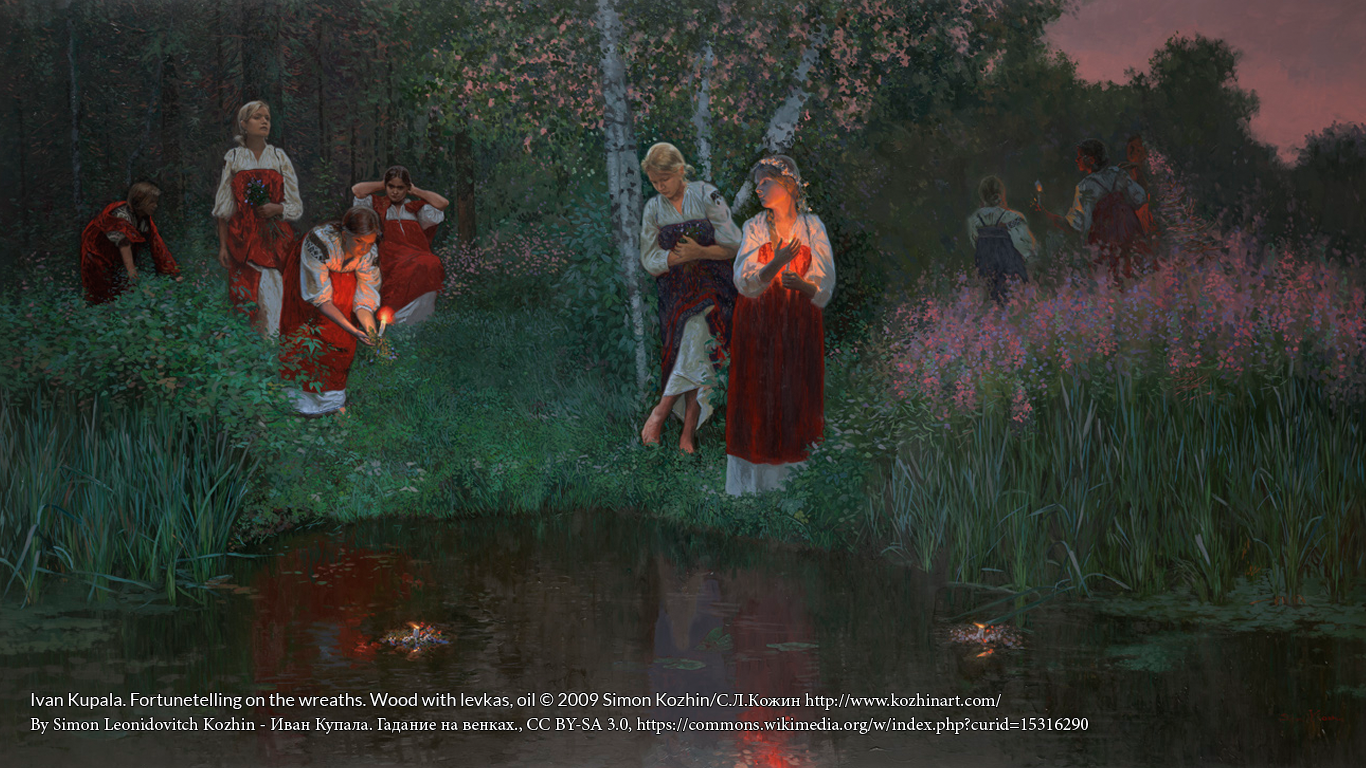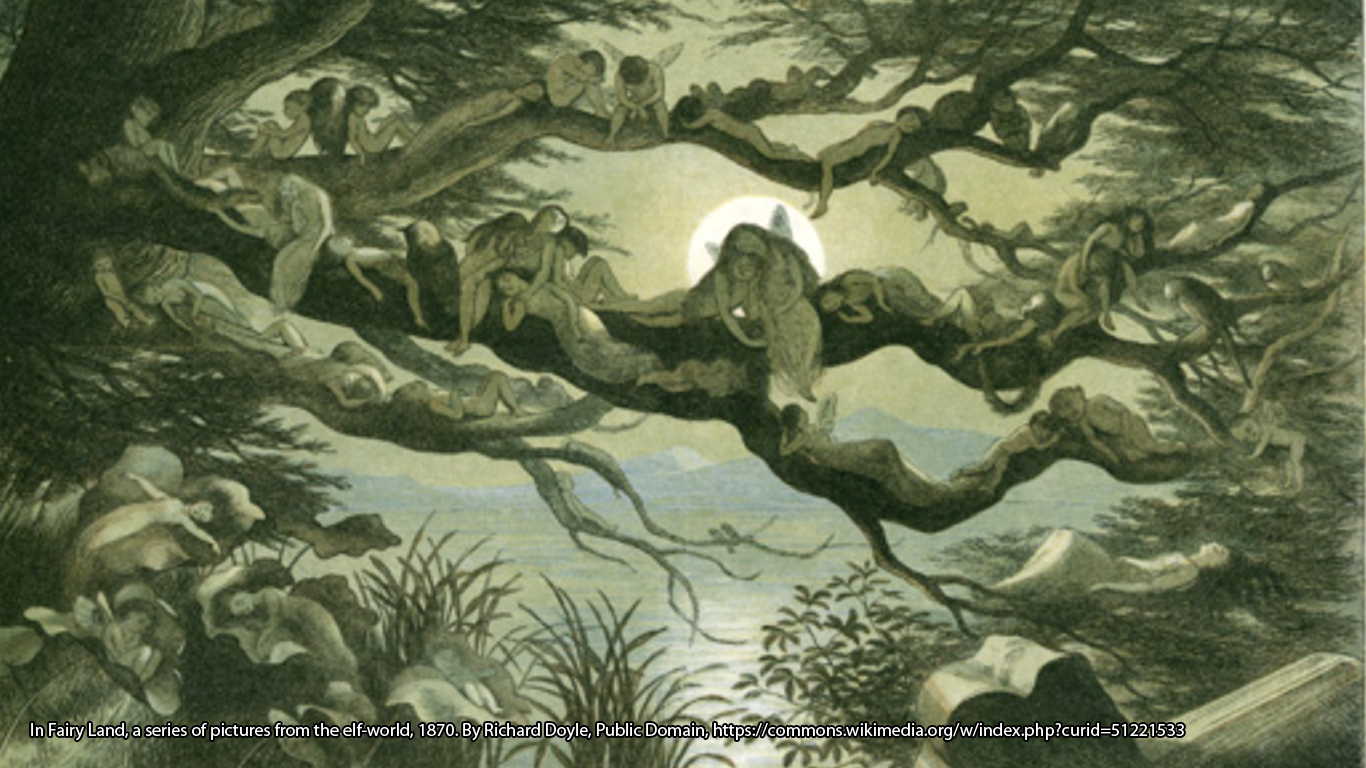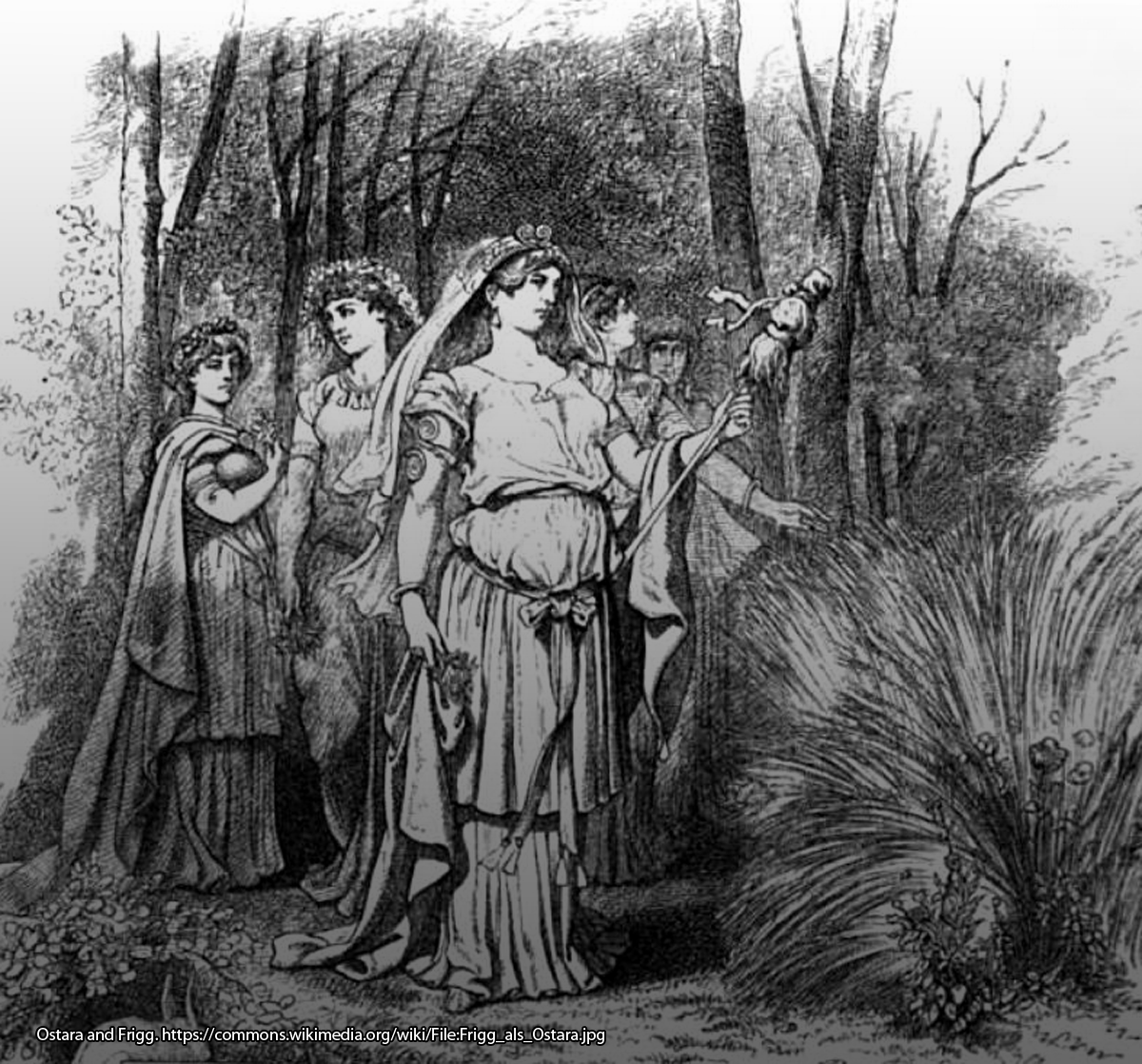Slavic Traditions: The Garlands of Midsummer’s Eve

In Poland, Midsummer’s Eve garlands would be set on water, their path on the surface foretelling the owner’s future, and protecting from spells and curses.

In Poland, Midsummer’s Eve garlands would be set on water, their path on the surface foretelling the owner’s future, and protecting from spells and curses.

In the middle years of the 12th century, two green-skinned children mysteriously appeared in a field in Suffolk. But who or what were they and where did they come from? Theories range from aliens and the Fae to orphans of war and naughty children.

Apples were for centuries the fruit that most people would have had most often. From acerbic and sharp cooking apples to rosy red ones that crunch and release floods juice there was an apple for every palate.

In the autumn of 1972, numerous Swedish newspapers described how werewolves were causing people to panic in a town in a town in southern Sweden. According to the articles, fearsome werewolf attacks caused a “werewolf panic”, children were “paralysed with fear”, and one article even said that the following concerning the werewolves, “three school children killed!

Easter customs of old were many and varied but who would have expected so many of them to be nothing short of violent? Some believe Easter is named after the pagan spring festival celebrating Ēostre or Ostara; historically known as the spring equinox, this might explain why the date of Easter is calculated by the cycles of the moon. It falls on the Sunday following the full moon after the first day of spring — nothing Christian about that calculation! One would have thought the dates of Christ’s death and resurrection would have been more definitely commemorated but, no, we stick to celebrating the coming of spring. Compared to this oddity, some of the bizarre customs associated with Easter stop seeming so bizarre. The violence involved in some of them, though, is a little harder to explain…
By continuing to use the site, you agree to the use of cookies. more information
The cookie settings on this website are set to "allow cookies" to give you the best browsing experience possible. If you continue to use this website without changing your cookie settings or you click "Accept" below then you are consenting to this.